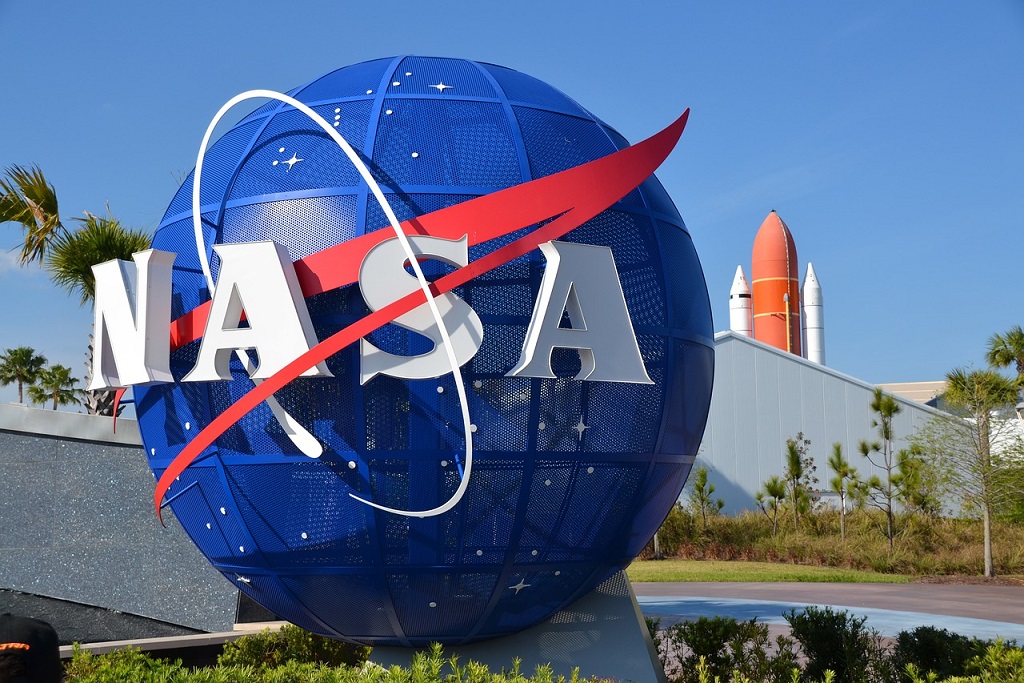This post is also available in:
 עברית (Hebrew)
עברית (Hebrew)
Following a recent agreement, NASA now promotes vertical take-off and landing (VTOL) UAV. The Autonomous Pod Transport 70 (APT70), an unmanned air vehicle (UAV), will be demonstrated within the US National Airspace System in 2020, as a result of a cooperative agreement between its manufacturer and NASA. The joint goal with NASA is to promote routine commercial unmanned operations in the National Airspace System.
The manufacturer, Bell will collaborate with Textron Systems, Xwing, and the University of Massachusetts Amherst’s Center for Collaborative Adaptive Sensing of the Atmosphere (CASA), in order to demonstrate end-to-end commercial mission operations with the company’s APT70.
The UAV will include integrated Command and Control (C2) and Detect and Avoid (DAA) technologies, as reported by unmannedsystemstechnology.com.
The partners are exploring flight requirements for commercial transport during medical, law enforcement, parapublic and offshore missions.
The APT70 can reach speeds of 161km/h, and has a payload capability of 31.8kg. It takes off and lands vertically, but transitions and flies horizontally on wings. This function will enable the aircraft to take off from and land in narrow spaces, while its horizontal flight abilities allow it to fly more efficiently.
The company plans several versions of the UAV, including one that can carry 454kg. In addition, there are plans to demonstrate the vehicle to several branches of the US military, including the US Marine Corps, in the “late summer or early fall” of 2018. It is unclear whether this demonstration has already taken place, according to flightglobal.com.
“Bell is proud to continue the collaboration of new VTOL UAV technologies to drive a path toward UAV certification and commercialization,” said Scott Drennan, Bell’s vice president of Innovation. “We believe the capabilities of our Autonomous Pod Transport, with the support from our team, will enable us to tackle key challenges facing commercial UAS operations today, leading to a successful demonstration.”


























